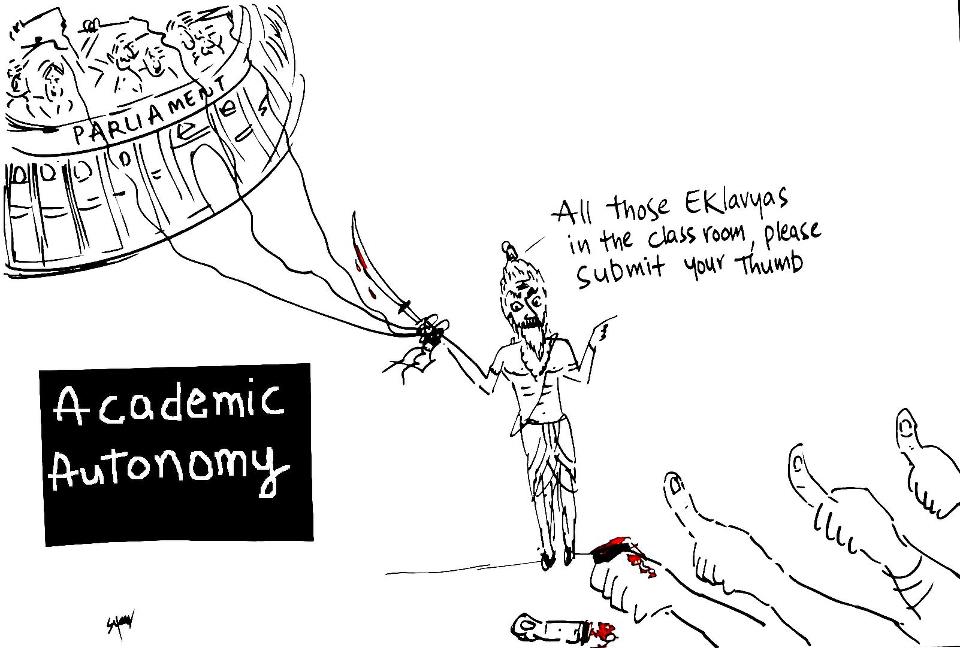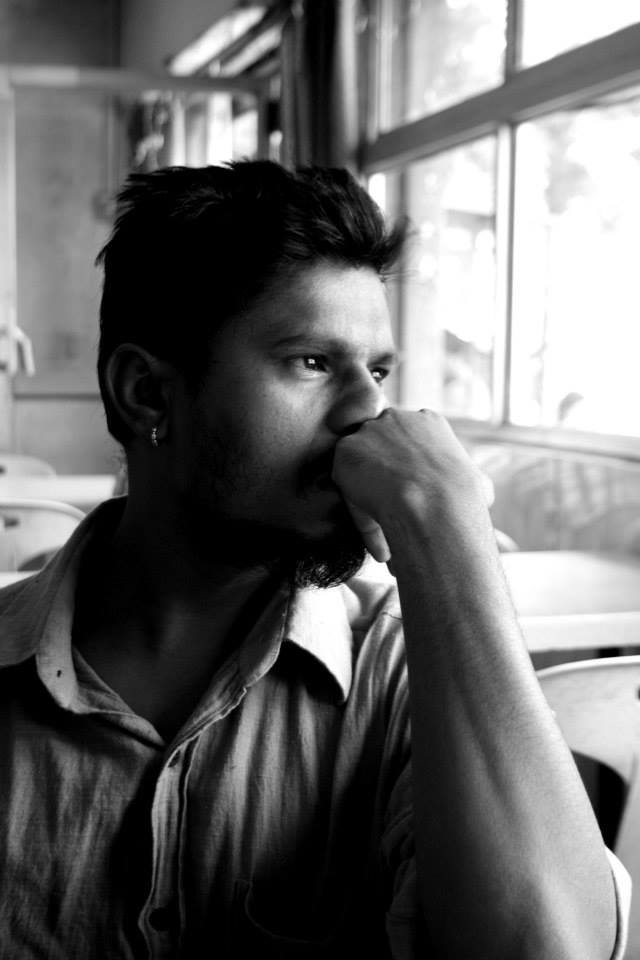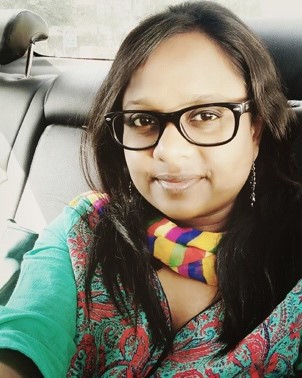Nilesh Kumar
‘These upper-caste authors who are forever miles away from reality and who can only make ceremonial and meaningless speeches in big meetings, can never understand what we the shudras and atishudras have to suffer and what calamities we have to undergo. All this is not entirely unknown to the high-caste founders of various conferences and organizations. They pretend to be modernists..’ – Jotiba Phule
The conscious acts of the NCERT advisers in the selection, inclusion and now defense of Shankar’s cartoon on the ‘delay’ in the constitution making process is up for examination by one and all. Depending on the location from where it is being examined all these processes can be read as complex or simple, moral or immoral. From an anti-caste perspective with respect to Dr Ambedkar’s representation in school textbooks: violence lies in the acts of exclusion, selective inclusion and misrepresentation. I would like to elaborate on this systematic and strategic alienation of Dr Ambedkar in mainstream literature, textbooks and even in caste studies as a type of violence that enables the maintenance of status quo or caste hierarchy.

The recent controversy over Dr. Ambedkar’s cartoon in the NCERT text book and the uproar in the Parliament in support of deleting the cartoon became an eye opener for many liberal academicians. Many mainstream newspapers and academic journals suddenly published a series of articles countering Kapil Sibal’s decision of deleting the cartoon from the textbooks, and on dalit fanaticism, critical pedagogy, critical thinking and academic freedom. It appears like nothing much has changed since Phule articulated upon upper caste scholars’ minds and the psychological violence they perpetuate on the lower castes and untouchables. What has changed however is its form: modern words and concepts are used to camouflage the very same caste anxieties.
The act of imposing a mischievous cartoon in a school textbook can be termed as a metaphor for epistemic violence. This is a symptom of the deep structural inequalities enabled by the practice of caste which arbitrates how knowledge and memory has to be produced and managed. And any challenge to it will be met with a swift and aggressive response as we witnessed in recent weeks.
The cartoon is full of offensive sub-texts that have been elaborated by others (Savari, Kuffir, Rajkumar, Sukumar). The cartoon’s individual elements (whips, snails) and the whole atmosphere (hindu mob of men, women and children) eloquently captures the furious upper caste anger against an Untouchable heading the process of writing the Indian Constitution in the year 1949.
I think the key element in the cartoon is the process of domination, it is not only a ‘subjugation of knowledge’ that Dr. Ambedkar was shown sitting on the snail (constitution) which moves slowly, the whip in the hands of Nehru, and common people are shown laughing at this scene of domination-subjugation. As Kuffir describes:
It implicitly depicts a headman like figure questioning or appraising or chastising, depending on how critical your views on violence are, another man’s performance, on behalf of a collective, as in a khap. And that’s exactly why the cartoon is objectionable, not only because it seems to be portraying a Brahmin whipping a Dalit. It is objectionable because it portrays a typical, communal Indian majority exercising arbitrary power over an individual.
Reproduction of such cartoons as pedagogic material 60 years down the line becomes an useful instrument in legitimising domination, and thus the contestations shown by dalits to that violence, that is, epistemic retaliation becomes obvious.
Let’s examine who these roaring dalit ‘fanatics’ are?
That is, who forms the part of epistemic retaliation. One can call them as the newly empowered dalits who stood up against ongoing caste atrocities such as the Paramakudi massacre, raised awareness about caste discrimination in academic campuses, campaigned about dalit students’ suicides, against the Jan Lokpal Bill, the misuse of SC/ST sub-plan funds, and many other wrong policies and issues which negatively impacts them. All these acts of resistances are often referred to with terms such as ‘being fanatic’. Dalit fanaticism is the new term that upper caste intellectuals have given birth to. One can not understand how showing resistance becomes an act of fanaticism. Our actions throughout history were as peaceful as they are today.
Dalit Resistance takes Inspiration from Buddhism
After leaving the Hindu religion and accepting Buddhism on 14th October 1956, Dr. Babasaheb Ambedkar, on the morning of 15th October, 1956, made an explanatory, spirited, inspirational, and historic speech, in which he described why he chose Nagpur for the ceremony; he says in India, if any one spread Buddhism, it was the Nag people who were the fearful enemies of the Aryans. Tracing the dalits’ ancestry to these people who took to Buddhism, he further elaborates on why it was necessary for dalits to claim it back.
Dr. Ambedkar in May 1956, while giving a talk on ‘Why I like Buddhism and how it is useful to the world in its present circumstances‘ which was broadcast by the British Broadcasting Corporation (BBC), London, says:
‘I prefer Buddhism because it gives three principles in combination, which no other religion does. Buddhism teaches Prajna (understanding as against superstition and supernaturalism), Karuna (love), and Samata (equality). This is what man wants for a good and happy life. Neither god nor soul can save society.’
One of the most outstanding features of Buddhism is its compassion and tolerance, Buddha himself showed respect to Brahmans and Asoka advocated respect for them in his edicts.
Then, why were Buddhists, of all the creeds of Indian origin, singled out for special punitive treatment? They were purged out of the Indian body politic in a manner the human system eliminates a foreign element. The Buddhists were singled out for destruction because they did not recognize the authority of vedas and other Hindu scriptures, and they undermined the supremacy of the Brahmans by rejecting the caste system; this became an unpardonable sin in the eyes of Brahmans. In a bid to cover their heinous crimes and to deceive Indians, Brahman historians came up with a clever idea that proclaimed Buddha as an Avatar, reincarnation of Vishnu.
Dalit Panthers
No one can forget the atrocities and discrimination Dr. Ambedkar, and many like him (ex-untouchables) had to go through, as he chose to fight caste with ‘Subtler mind and abler pens.”
Later after a long silence and constant atrocities and humiliation a new dalit movement took birth, the ‘Dalit Panthers’ which fought these atrocities peacefully initially and later on militantly. They were young slum dwellers, daily wage earners who fought in the language which the perpetrator-oppressor understood. However it didn’t last long, reasons for that could be many; for me it was the ‘means’ they chose. But I can’t deny their contributions; they were able to leave a huge impact in a short period of time. Though dalit panthers led the resistance against atrocities on dalits and the Namanter struggle for name changing of Dr Babasaheb Ambedkar Marathwada University in Aurangabad, in which many scheduled caste members were killed by right wing Hindu fundamentalists, but I am sure our hands are not stained with retaliatory blood. This generation who grew up seeing, listening to and reading Ambedkar, Dalit Panthers and other such resistances understood that violence is not the solution to violence but that doesn’t mean resistance has to be toned down. Atrocities have not stopped, they are still rampant; the means have changed, direct physical violence is used in many instances, but there is also structural violence and cultural violence.
Structural Violence and Caste Atrocities
Physical violence in India is generally normalized because it maybe simply an expression of anger through physical force which may cause death or mutilation. Structural violence is harm caused by the inflexibility of the rules of structures in dealing with differences in terms of gender, race and class and ‘Caste’, in the case of India. Here, one’s superiority, power and identity definitely plays a greater role in subjugating the other; caste atrocities, caste discrimination, caste prejudices all fall in the category of structural violence. The other is ‘labeled’ unthinkingly to harm him through the denial of his existence as a human being, to lower his/her self esteem disastrously, as we can see in the recent cases of dalit students’ suicides and other cases of atrocities against dalits which are huge human rights concerns.
Caste discrimination is the root cause of serious human rights violations affecting more than 166 million people in India. A quick search with the word ‘dalits’ in the Current News section of Round Table India website will pull out from the archives news articles that feature the most unimaginable human rights violences on Dalits, happening everyday. Some of the recent headlines include; ‘dalit killed for using hand pump‘, ‘dalit women branded witches, beaten‘, ‘two dalit girls stripped in examination hall‘, ‘crematorium path off limits for dalits‘.
Similarly, a scan through the Atrocities section in Round Table India will provide fact finding mission statements from all over the country on caste atrocities carried out on entire communities. The recent attack on the Beef festival in Osmania University, in the middle of India (Hyderabad), by ABVP activists; the burning of 50 dalit homes in the east (Lathor); killing of dalits in police firing in the south (Paramakudi) and dalits fleeing homes in the north (Haryana)– indicate the ubiquitous geographical range of ferocious caste assaults. From urban University campuses to remote villages.
As I noted in an earlier article on Lathor, a careful reading of these fact-finding mission statements on caste atrocities reveals that ‘When Dalits start confronting the system, they face increased discrimination in the form of organized violence.‘ In other words, assertion by dalits is violently put down.
The entire series of reports documented on Dalit Panchayat Presidents’ murders and assaults follows the same trend: Jaggaiyan, Servaaran, Krishnaveni and others.
The Peoples Union of Civil Liberties’ (PUCL) fact finding team which visited Kalapatti village, Tamil Nadu, in May 2004 reports that there are various forms of caste based discrimination that exist in the village even today. The dalits are not allowed to walk in the streets of the caste Hindus, not allowed to enter the village Mariamman temple for worship, there are separate glasses or tumblers for the dalits and the caste Hindus in the tea shops, Dalits are not allowed to walk on the streets freely discussing or talking among themselves, they are forced to bend their heads portraying their inferiority complex, caste based abusive language colored by sexual remarks are often passed against the Dalits, especially, Dalit women undergo sexual harassment and assault, the Dalits are intimidated and criticized for nothing at all. All the above mentioned forms of discrimination still exist in the village of Kalapatti.
Dalit Bastis were ransacked in Salwan village of Karnal. A fact finding team from NCDHR reports, after visitng the place and talking to the victims, that 200 houses were burnt and destroyed and in continuation of the attack, a dalit youth was also murdered in the village.
Before we move on to examining the subtler forms of cultural violence including selective pedagogy we need to ask the following questions:
How has the academician responded to the structural violence of caste? Does the academia respond at all? How do the pedagogical practices of this country accommodate the responsibility of teaching students to think critically about this form of violence?
Please read Part 2 of the article here.
~~~
Nilesh Kumar is doing M.Phil in Tata Institute of Social Sciences, Mumbai, and his main interest is to document the narratives and experiences of Discrimination which Dalit students face while pursuing Higher Education.
Cartoon by Unnamati Syama Sundar.
~~~
Please also read other articles published on Round Table India on the same issue:
‘The cartoon controversy: Inside the mind of one ‘fanatic’ Dalit – II‘ by Anoop Kumar,
‘The cartoon controversy: Inside the mind of one ‘fanatic’ Dalit – I‘ by Anoop Kumar,
‘Whipping up ‘critical pedagogy’: Uncritical defense of NCERT’s violence‘ by Savari,
‘The Cartoon, the Classroom and the Idea of India‘ by N. Sukumar,
‘Of critical pedagogy and rational thinking‘ by Kshitij Pipaleshwar,
‘The caste-neutral whip and other jokes‘ by Kuffir,
‘Thol. Thirumaavalavan writes to Kapil Sibal and Sukhadeo Thorat‘,
‘Ambedkar’s Cartoon and the Caste question‘ by Raj Kumar,
‘Critical Reading of NCERT text ‘Indian Constitution at Work’‘ by Lalit Khandare.









